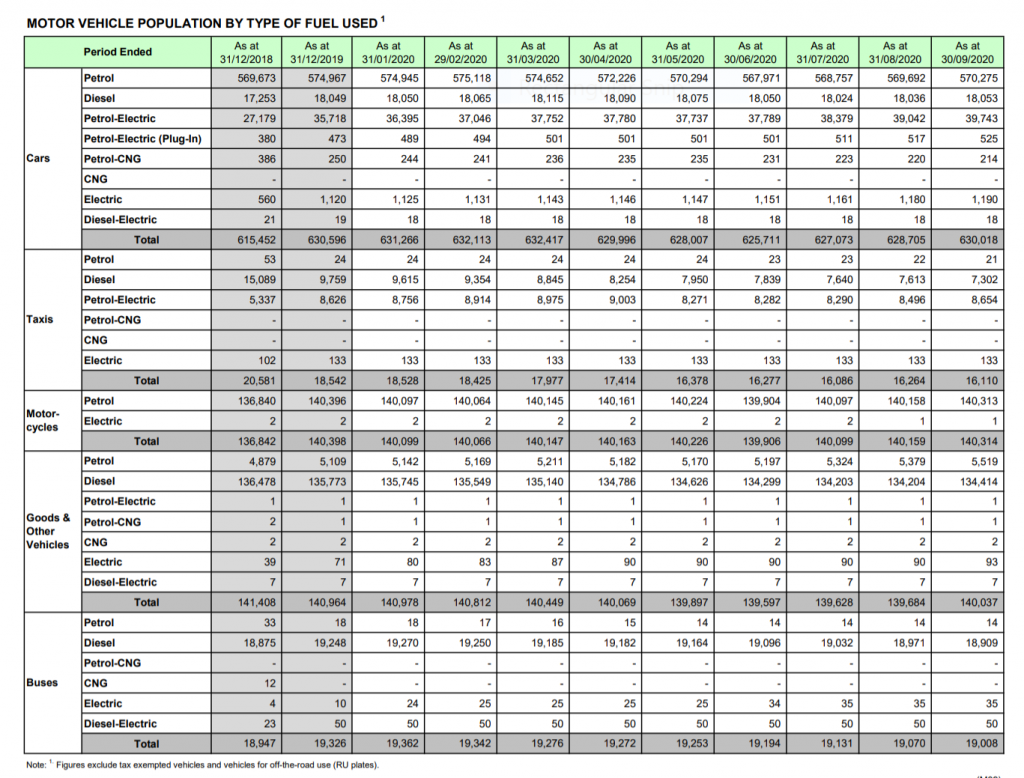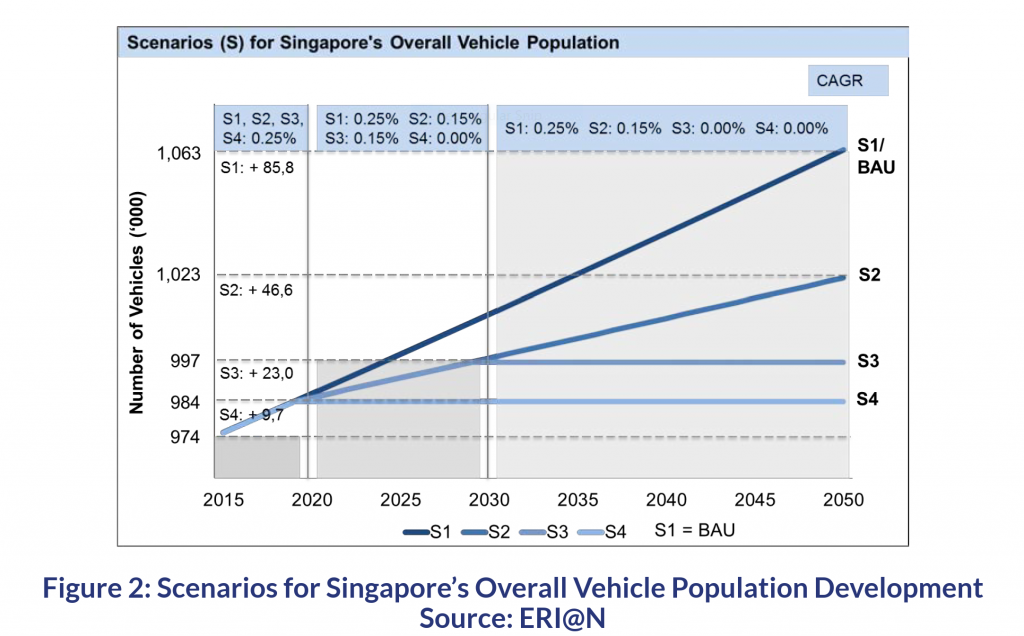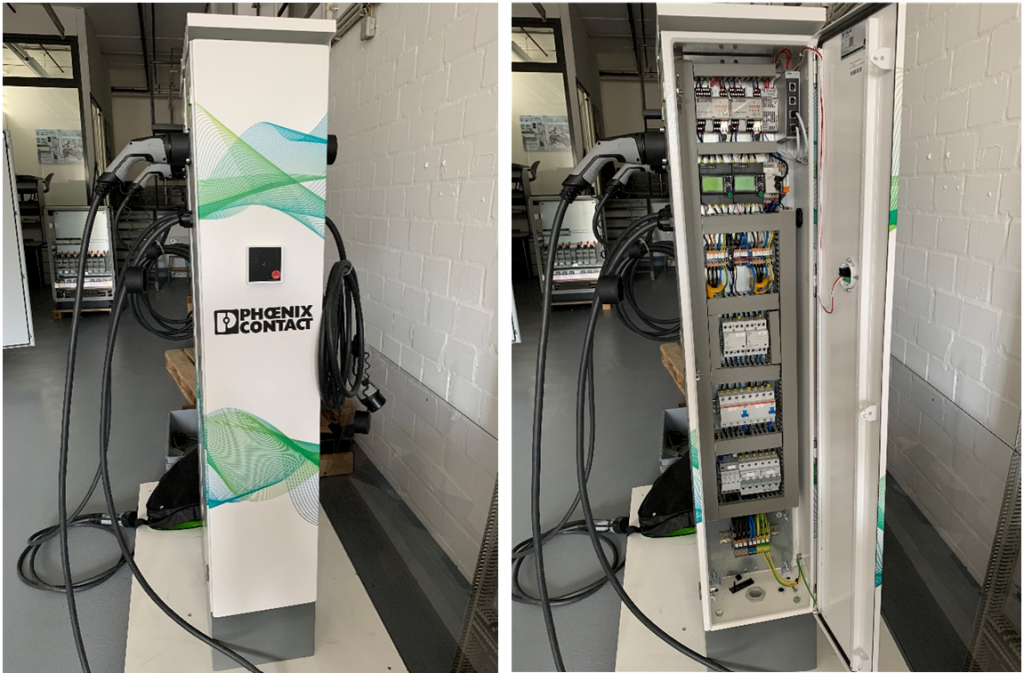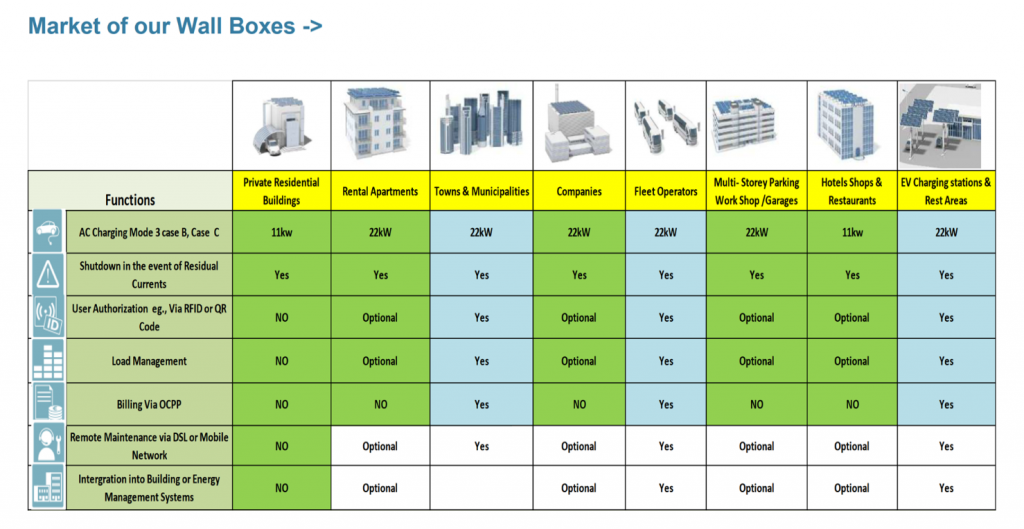
Time of Green Vehicles
It is in interesting times we live in in this year, as COVID-19 safe distancing has changed the way we travel, be it by air or public transport.
The banning of international air travel has caused the skies to be clearer and cleaner, and the limiting of public travel in a lockdown situation has also improved the air quality of those countries experiencing lockdown significantly.
- So we ask, what does this mean in terms of transportation?
- What can we do to make this situation a game changer? To improve on our existing infrastructure to prepare for the changing trend towards a cleaner environment and reducing the total carbon footprint transportation?
The answer is Greener Vehicles!
Singapore’s market for Public Transportation
We already have a non-polluting, efficient MRT System in place.
But let’s see the current vehicles registration content in Singapore today

We have a total vehicle population of 945,487 vehicles as of Sep 2020.
Hybrid Vehicles (Petrol Electric/Diesel Electric) – 48,455 units (0.5% of total)
Fully Electric (Electric Vehicles including Buses) – 1,452 units (less than 0.1% total )
Singapore signed the Kyoto Protocol in 2006 and ratified in the 2016 Agreements to bring down Singapore’s greenhouse gas emission from 0.11% of global carbon emissions.
Our main Electricity supply is from Natural Gas, the cleanest form of Fossil fuel. We are also looking to revamp our dependency on this to move into solar and other forms of energy efficient solutions, such as reducing carbon emissions from power generation and working with private organizations and the community to use energy more efficiently.
The aim being to lower carbon emission levels by 36% from the levels in 2005 by 2030. What it means, is to make Singapore’s carbon emission level to be at 0.07% instead of 0.11% of total global carbon emissions.
The immediate way is to change our vehicle population presently to from fuel-based to clean-energy-based.
The magic number is 2% of the total car population from the present number, to be converted to full Electric Drive Vehicles.
This seems like a tall order when you consider that the current EV population in 2020 is now at o.1%, assuming that our vehicle population is maintained at present levels from now to 2030.
To get to that number, we will need a full EV Population of 19,000 units to 20,000 units by 2030.

What is the single most important factor in running an EV Car?
EV CHARGING INFRASTRUCTURE REQUIREMENTS
The Singapore government needs to improve on the EV charging infrastructure if they are going to be able to support 19,000 to 20,000 full EV Cars by 2030.
There must be 1.5 EV charger per vehicle, or 1 full time charger where the owner has at home and 0.5 charger in the public charging infrastructures to be able to keep the vehicle running at all times within Singapore.
So the charging infrastructure needed will be around 28,500 EV chargers or 30,000 chargers or charging points in Singapore by 2030.
An EV car Average range is 200km on a full battery charge and most EV cars from the Sub compact (Hatch back) to saloon class have a battery of 25KW to 40KW power capacity.
To charge up this battery from 0% to 80% to sustain the usability of the battery as well as to sustain the battery life for around 6-7 years, it will take the following charging times if AC charging is required, based on the following table:

DC (Direct Current) high power charging may apply to bigger battery sizes of 50KW power and above.
But the problem with constant DC charging is that it shortens the battery life.
For example: ZOE (Renault) Battery capacity is 22KW and distance on a full charge in single phase at 16 Amp 3-4Kw takes around 6-9 hours and 3 phase DC at 22kw takes 1 hour for 80% and 43Kw at 63 A DC is around 30 mins for 80%.
The way to go for EV Charging is by AC as that is slow charging, and will be less strenuous on the battery life.
If the EV car owner has a private car park where they have their own AC Chargers at home. And they travel a weekly distance of 200km then they will need to charge once a week (6-9 hours) or every alternate day for (1 hour to 1 hour 30 mins) on the same home charger.
Running Cost Comparison for fuel-driven car vs EV CAR (same Model type)

SOLUTIONS FOR INFRASTRUCTURE – AC CHARGING FROM PHOENIX CONTACT
So with DC charging being invariably higher in terms of cost of implementation and being less practical, what solutions do we have for AC Charging in the current existing market?



Note: Green Boxes are where our charging solutions will be applied
Our AC Chargers can be implemented across the spectrum of the infrastructure market.
What are the main advantages of our solutions?
- Cost of Maintenance is low as components are all easily replaceable.
- AC Power charging may be slow but we make use of the existing power supplies from the infrastructures on the power grid.
- Load limiting software available for preventing peak hour overloading of the power grid.
- Easily upgradeable depending on the increase in the infrastructure set up, as all components are modular.
- Education on the solutions, training on the serviceability is easily available as any contractor for power distribution cabinets with ITC Certification in Electrical Engineering will be able to manage these solutions.
- Easily replicated and configured in various buildings and infrastructures.
We at Phoenix Contact SEA are ready to help provide these charging infrastructure solutions in support of the growing EV Market in Singapore.





